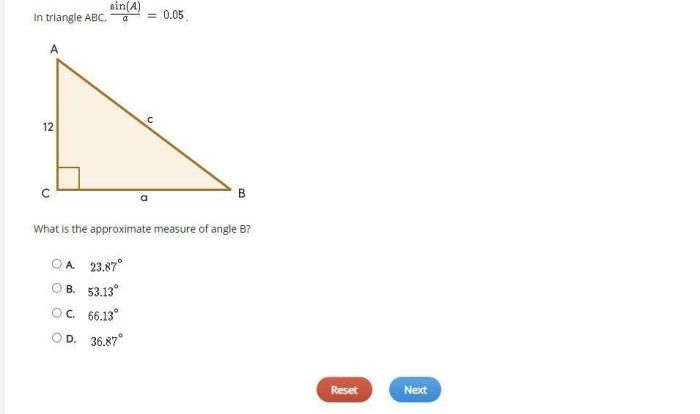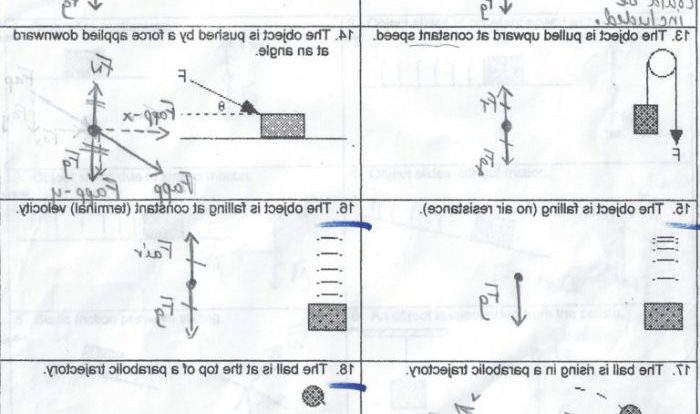Embark on a captivating exploration of distance from point A to point B, a fundamental concept that underpins our understanding of space and shapes our everyday lives. From navigation to engineering marvels, this journey promises to illuminate the intricacies of distance measurement and its far-reaching applications.
Join us as we delve into the geometric representation of distance, unraveling the role of coordinate planes and unlocking the secrets of distance calculation. We’ll uncover advanced techniques that empower us to tackle complex scenarios, ensuring precision and minimizing errors in our measurements.
Definition and Formula
Distance between two points in a plane is a measure of the length of the path between those points. It is a fundamental concept in geometry and is used in a wide range of applications, such as navigation, surveying, and engineering.
The distance between two points (x1, y 1) and (x2, y 2) is calculated using the Euclidean distance formula:
d = √[(x2
- x 1) 2+ (y 2
- y 1) 2]
where drepresents the distance between the two points.
Units of Measurement
The distance between two points can be measured in various units, including:
- Meters (m): The SI unit of distance.
- Centimeters (cm): A commonly used unit in science and engineering.
- Kilometers (km): Used for measuring long distances, such as the distance between cities.
- Miles (mi): A unit commonly used in the United States and the United Kingdom.
- Feet (ft): A unit commonly used in the United States for measuring short distances.
The choice of unit depends on the specific application and the desired level of precision.
Geometric Representation: Distance From Point A To Point B
The distance between two points can be visualized and represented on a graph using the coordinate plane. The coordinate plane consists of two perpendicular number lines, the x-axis, and the y-axis. Each point on the plane is represented by an ordered pair (x, y), where x represents the horizontal distance from the origin along the x-axis, and y represents the vertical distance from the origin along the y-axis.
To determine the distance between two points on the coordinate plane, we use the distance formula. The distance formula is given by:
d = √((x2
- x1)^2 + (y2
- y1)^2)
where (x1, y1) and (x2, y2) are the coordinates of the two points.
The following table illustrates the geometric relationship between two points on the coordinate plane and the distance formula:
| Point 1 | Point 2 | Distance |
|---|---|---|
| (x1, y1) | (x2, y2) | √((x2
|
Applications in Real-Life Scenarios
Distance calculations are essential in various aspects of our daily lives. From navigating to planning and construction, accurate distance measurements play a crucial role in ensuring precision and efficiency.
Navigation
Distance calculations are vital in navigation systems, whether it’s a GPS device or a map app on our phones. These systems use distance measurements to determine the user’s location and provide accurate directions to their destination. Without accurate distance calculations, navigation would be unreliable, and finding our way around would be challenging.
Engineering
In engineering, distance measurements are critical for planning and construction projects. Engineers use distance calculations to determine the size and layout of buildings, bridges, and other structures. Accurate distance measurements ensure that these structures are built to specifications and meet safety standards.
Surveying
Surveying involves measuring and mapping land areas. Distance calculations are essential for determining property boundaries, creating topographic maps, and planning land development projects. Accurate distance measurements are crucial in surveying to ensure that property lines are correctly established and that development projects are carried out as planned.
Advanced Techniques for Distance Calculation
In scenarios involving complex geometries or non-straight line paths, specialized techniques are employed to accurately determine distances. These methods leverage mathematical concepts such as trigonometry and calculus.
Trigonometry in Distance Calculations
Trigonometry is used to calculate distances in situations where the path forms triangles or other geometric shapes. By applying trigonometric ratios like sine, cosine, and tangent, distances can be derived from known angles and side lengths. For instance, in a right triangle, the Pythagorean theorem can be utilized to find the distance between two points.
Calculus in Distance Calculations
Calculus provides powerful tools for determining distances along curved paths or in scenarios where the rate of change is involved. By utilizing integrals, the total distance traveled over a particular interval can be calculated. This approach is commonly used in physics to determine the distance covered by an object moving with varying velocity.
Algorithms for Non-Straight Line Distances
For non-straight line distances, specific algorithms or formulas are employed. One such algorithm is the “Dijkstra’s algorithm,” which finds the shortest path between two points on a graph or network. Another method is the “Haversine formula,” used to calculate distances between points on a sphere, such as on the Earth’s surface.
Error Analysis and Precision
Measuring distances accurately is crucial, but several factors can introduce errors. These include instrument limitations, environmental conditions, and human error. Understanding these factors and employing techniques to minimize their impact is essential for precise distance calculations.
Precision and Accuracy
Precision refers to the consistency of measurements, while accuracy indicates how close the measurements are to the true value. In distance calculations, precision is more important than accuracy. Even if a measurement is not perfectly accurate, as long as it is consistent, it can be used to make accurate comparisons and calculations.
Techniques for Error Minimization, Distance from point a to point b
- Calibrating Instruments:Regularly calibrate measuring instruments to ensure their accuracy.
- Environmental Control:Minimize the effects of temperature, humidity, and wind on measurements.
- Multiple Measurements:Take multiple measurements and calculate the average to reduce the impact of random errors.
- Training and Expertise:Train personnel and ensure they follow proper measurement procedures.
Answers to Common Questions
What is the formula for calculating distance between two points?
Distance = √((x2 – x1)² + (y2 – y1)²) where (x1, y1) and (x2, y2) represent the coordinates of the two points.
How is distance used in real-life scenarios?
Distance calculations are essential in navigation, engineering, surveying, and many other fields, enabling us to measure distances between cities, design structures, and determine boundaries.

